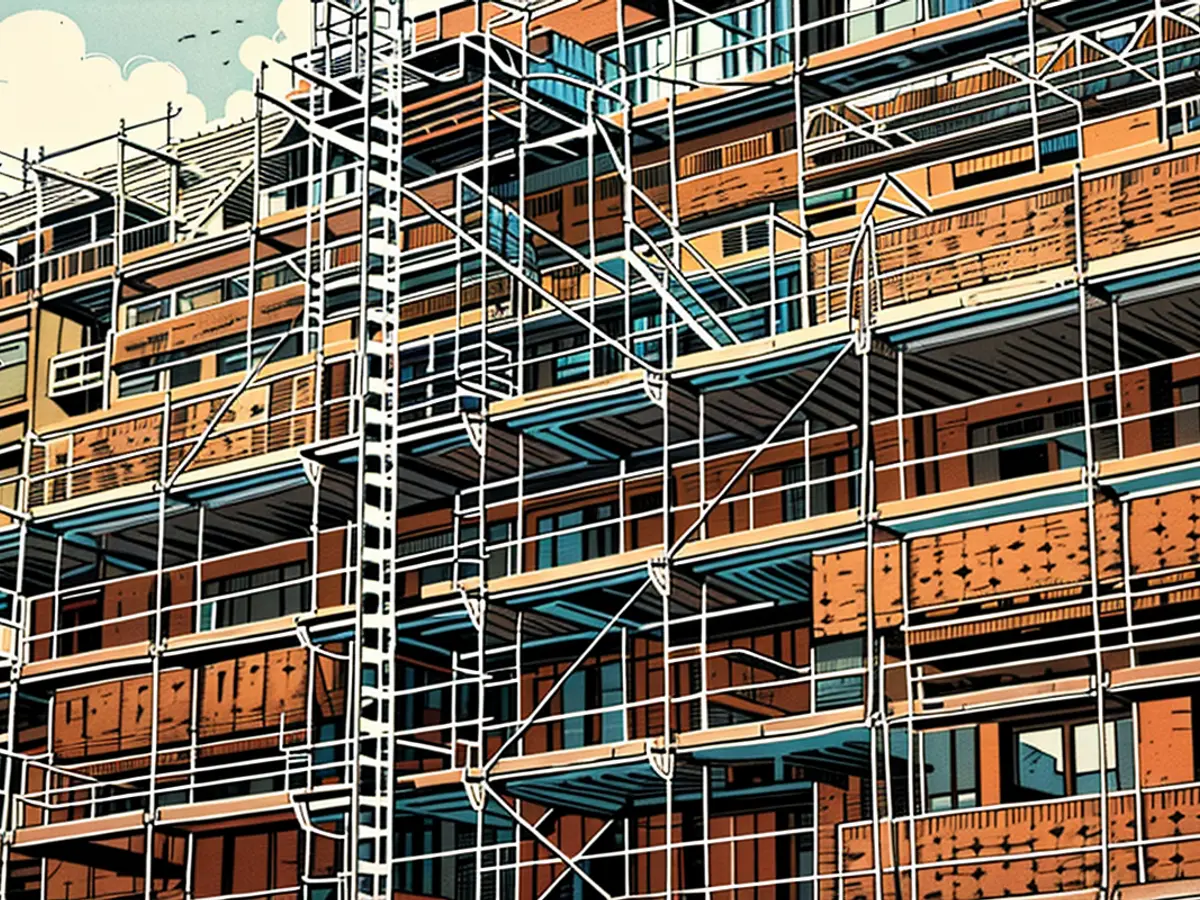Thousands of homeowners are about to get slammed with higher monthly payments
Hernandez refinanced her home loan in 2016 using an adjustable-rate mortgage loan, which has a low introductory rate for a fixed initial period.
Unlike the more popular fixed-rate mortgage loans, ARMs can offer temporary relief for homebuyers who want to avoid paying higher mortgage rates — however, they also come with risk. After the fixed introductory period — usually five, seven or ten years — the rate on an ARM loan adjusts periodically based on current market conditions.
That means when mortgage rates increase, many ARM loan holders, like Hernandez, experience the unpleasant shock of significantly higher monthly home payments. For thousands of Americans like Hernandez who took out ARM loans five years ago, before interest rates shot up to a four-decade high, that shock is coming this year.
Mortgage rates have remained elevated, adding fuel to one of the most unaffordable housing markets in decades. That led ARMs to gain traction despite their drawbacks.
According to data from Intercontinental Exchange, a global provider of technology and data, 1.7 million homeowners have bought homes with adjustable-rate mortgages since 2019. Many buyers who bought 5-year ARMs – one of the more popular offerings – will graduate into significantly higher monthly payments this year.
The fixed period for these ARMs has already reset for 328,000 homeowners – and 102,000 more loans will reset over the next 12 months, according to ICE.
ARM loans gained a bad reputation after the subprime mortgage crisis of 2007 and 2008, after many homebuyers could no longer afford to make their monthly home payments when their rates reset.
While the rate of homebuyers choosing ARMs never rebounded to pre-2008 levels, the share of homebuyers using ARM loans has doubled over the past four years, according to the Mortgage Bankers Association.
Is an adjustable rate a good idea?
An ARM may make sense for homebuyers comfortable with the risk of interest rate increases or those who plan to move or refinance before the fixed rate expires, Lorriane Jones, a loan consultant in Southern California, told CNN.
But when opting for an ARM, it’s key to keep a close eye on the details, otherwise things can turn difficult, fast.
Hernandez, who is herself a loan officer, had misremembered the terms of her $1.1 million loan: rather than a 10/1 ARM, which has a fixed rate for the first ten years and resets every year after that, Hernandez had taken out a 7/1 loan.
“I just got caught blindsided,” she said. “Life gets in the way, and you get busy. I’ve been slammed with kids and work for the last seven years.”
Last October, Hernandez’s mortgage rate jumped by 2% to 5.125%, the maximum allowed in the first adjustment year, according to her loan terms.
Most ARM loans come with an interest rate cap to prevent costs from spiraling out of control. Hernandez said her ARM is capped at 8.125%, five percentage points above her initial fixed rate.
To Hernandez, it made little sense to refinance the loan while the 30-year fixed mortgage rate remains higher than her new adjusted rate. But this coming October, she suspects her monthly payments will adjust higher.
“I’ve made it work, but now I’m going to have to figure out how to make it work again this October,” she said. “It’s stressful having to worry about it.”
Andrew Marquis, a loan officer in Lexington, Massachusetts, said he has recently seen a dramatic increase in ARM loan applications. Homebuyers increasingly believe that the Federal Reserve will cut interest rates in the next few years, giving these buyers time to refinance their loans before the clock on the fixed period of their ARM runs out, he said. The Fed doesn’t directly set mortgage rates, but its actions influence them. This year, the Federal Reserve has signaled that it may possibly cut its benchmark interest rate one time.
“I would say on the jumbo loans we’re doing, probably 40% of the loans are doing ARMs,” Marquis said, referring to loan amounts above $766,000.
Marquis said that taking out an ARM loan might be worthwhile for those with a higher risk appetite.
“If people can save a half a percent on a seven-year ARM versus a 30-year fixed, they’re saving hundreds of dollars a month,” he said.
Interest rates can be unpredictable. Hernandez said she saved money in the initial seven years of her loan, but if she could have a do-over, she likely would not have chosen an adjustable-rate mortgage in 2016.
“This increase in payments hasn’t felt good,” she said. “I’m just praying that when my October adjustment comes around, rates have come down a little bit.”
Despite the higher interest rate cap, Hernandez finds it unlikely to refinance her ARM loan due to the current 30-year fixed mortgage rates being higher. However, she anticipates her monthly payments to increase again in October.
Andrew Marquis, a loan officer in Lexington, Massachusetts, has noticed an increase in ARM loan applications, with many homebuyers hoping for interest rate cuts from the Federal Reserve before their ARM loans' fixed periods end. The Fed has signaled the possibility of a single cut to its benchmark interest rate.







